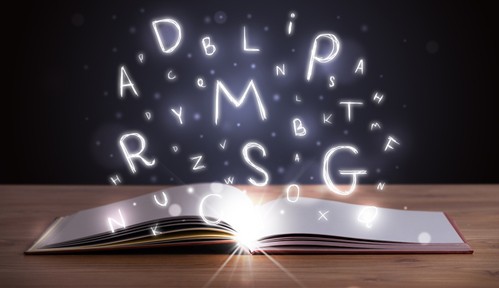
All companies should think seriously about the font that they use on their signs, because some will be more appropriate than others. This includes investigating all fonts to make sure that they are actually the proper choice for your brand. Recently, designer Christian Boer's "Dyslexie" font, which is supposed to be easier for dyslexics to read, has been getting press, but one researcher alleges that the benefits may be exaggerated.
The font, which has existed for six years, is designed so that each letter is curved and unique. Supposedly, readers with dyslexia are less likely to confuse letters and are able to identify words more clearly.
However, design specialist Chuck Bigelow recently authored a post disputing the claims that Dyslexie is any more effective at helping people with reading disorders than other common fonts. He not only addresses Boer's font but other similar typefaces, and cited scientific studies that looked at factors like the length of lines, the size of type and spaces between letters.
"All in all, my conclusions are that certain kinds of typography do offer potential benefits for dyslexic readers, especially on electronic reading devices like tablets and e-books, but that typeface design in particular has not yet been shown to provide statistically significant benefits in reading speed for dyslexics and has shown only mixed results in reading error reduction," he writes.
Remembering this, companies that are selecting a design for the font on their vinyl signs shouldn't avoid special styles, but shouldn't automatically listen to the hype. Rather, it makes more sense to find experts to advise you in the proper way of appealing to your ideal audience. Even if it's not for a medical condition, tweaks to every little aspect of the font make a difference.